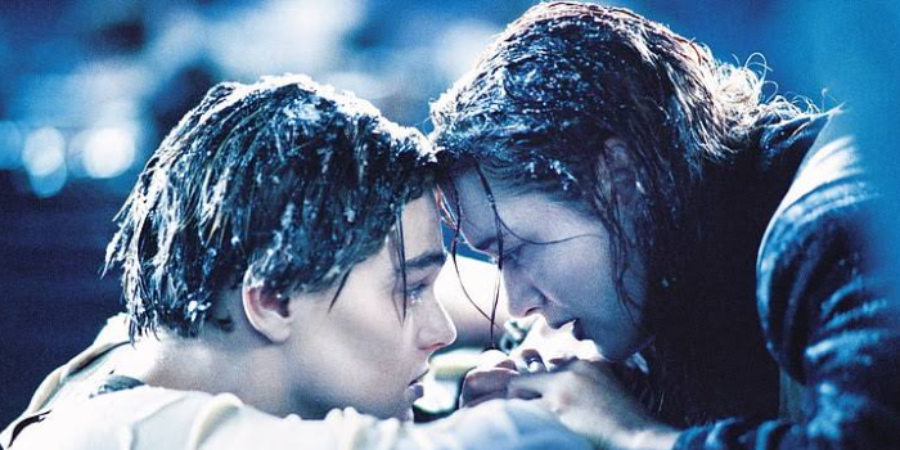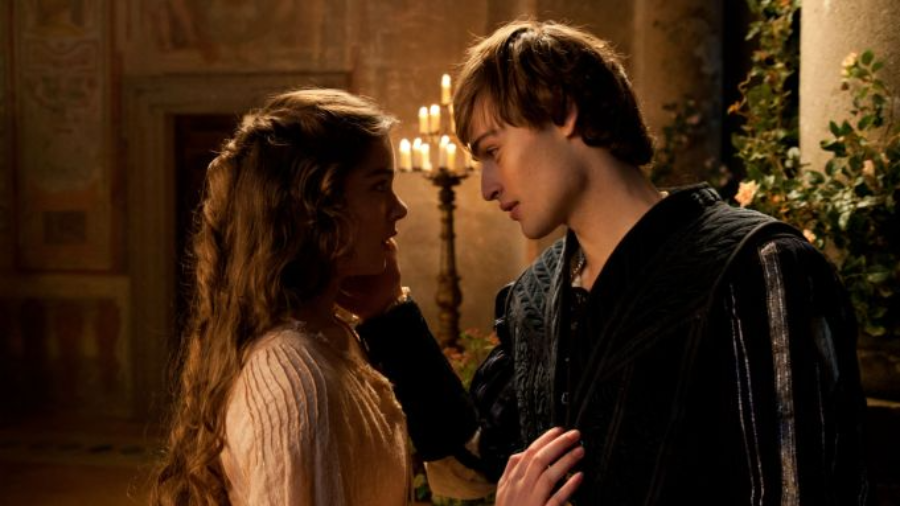

 William Shakespeare’s *Romeo and Juliet* is one of the most enduring and iconic love stories ever written, and its cinematic adaptations have varied widely, from traditional period pieces to modern reimaginings. One of the most notable adaptations is Baz Luhrmann’s 1996 film, which brought a fresh and contemporary twist to the classic tale.
William Shakespeare’s *Romeo and Juliet* is one of the most enduring and iconic love stories ever written, and its cinematic adaptations have varied widely, from traditional period pieces to modern reimaginings. One of the most notable adaptations is Baz Luhrmann’s 1996 film, which brought a fresh and contemporary twist to the classic tale.
Luhrmann’s *Romeo + Juliet* stands out for its bold, vibrant style and innovative approach to Shakespeare’s work. Set in a fictionalized modern-day Verona Beach, the film juxtaposes Shakespeare’s original dialogue with a contemporary setting that includes futuristic cars, modern fashion, and a high-energy soundtrack. This anachronistic fusion serves to bridge the gap between Elizabethan language and modern audiences, making the play’s themes of love, conflict, and fate more accessible.
The film stars Leonardo DiCaprio and Claire Danes as the titular lovers, Romeo and Juliet. DiCaprio’s portrayal of Romeo is both impassioned and youthful, capturing the character’s reckless ardor and earnestness. Danes, as Juliet, delivers a performance filled with both innocence and intensity, embodying the character’s idealism and vulnerability. Their chemistry is palpable, drawing viewers into their tragic romance with a sense of urgency and immediacy.
Luhrmann’s direction infuses the film with a dynamic energy that mirrors the tumultuous emotions of its characters. The visual style is marked by rapid cuts, dramatic lighting, and a fast-paced soundtrack, which includes both contemporary and classical music. This eclectic mix enhances the emotional resonance of the story and underscores the intensity of Romeo and Juliet’s love and their tragic fate.
The film’s use of modern iconography alongside Shakespearean dialogue creates a unique juxtaposition that makes the story feel both timeless and immediate. For instance, the famous “sword” fights are depicted with guns labeled “Sword” and “Dagger,” turning traditional duels into high-stakes shootouts that heighten the drama and urgency of the narrative. This inventive approach not only revitalizes the story but also highlights its themes of violence and passion in a new light.
Critics have praised Luhrmann’s *Romeo + Juliet* for its creative vision and its ability to make Shakespeare’s work resonate with contemporary audiences. While some purists may prefer a more traditional interpretation, the film’s innovative style and energetic presentation have secured its place as a memorable and influential adaptation of one of literature’s greatest love stories.
In conclusion, Baz Luhrmann’s *Romeo + Juliet* is a compelling example of how classic literature can be reimagined for modern audiences. Its bold aesthetic choices and vibrant energy bring Shakespeare’s timeless tale of love and tragedy to life in a way that continues to captivate and inspire.


